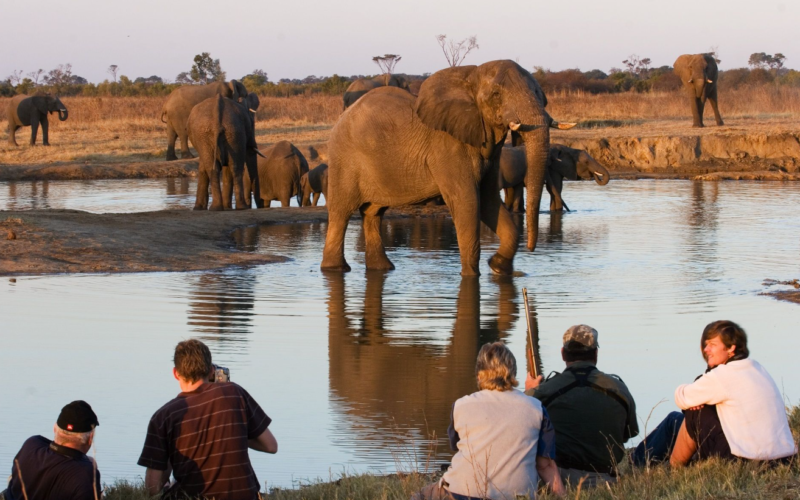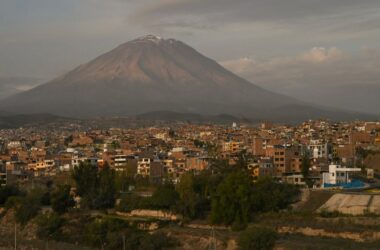Hwange National Park in Zimbabwe is grappling with a severe water crisis, resulting in the deaths of dozens of elephants due to dehydration. Conservationists are expressing concerns over the impact of climate change and the exacerbation of weather patterns like El Nino, leading to prolonged drought conditions. This article delves into the challenges faced by Hwange National Park, where climate-induced water scarcity is threatening the survival of the elephant population.
Hwange National Park, known for its diverse wildlife, is experiencing a devastating drought attributed to climate change and the El Nino weather pattern. The park lacks a major river, relying on solar-powered boreholes for water supply. Zimbabwe Parks and Wildlife Authorities (Zimparks) officials report that the ongoing El Nino has intensified the drought, causing a decline in surface water and affecting the solar-powered pumps at the 104 boreholes.
With an elephant population of 45,000, Hwange National Park faces a critical situation as fully grown elephants require significant water intake, approximately 200 litres (53 gallons) daily. The diminishing water sources have led to an alarming number of elephant deaths due to dehydration. Reuters witnessed multiple elephant carcasses near watering holes, highlighting the severity of the crisis.
The park’s principal ecologist, Daphine Madhlamoto, emphasized the reliance on artificial water sources and the detrimental impact of climate change on the park’s ecosystem. Insufficient rainfall during Zimbabwe’s typical rainy season, from November to March, has heightened the water scarcity, with the drought expected to persist into 2024, according to Zimbabwe Meteorological Services.
As animals, including elephants, are compelled to travel long distances in search of water and food, herds have crossed into neighboring Botswana. Conservation groups are implementing measures to mitigate the crisis, including desilting watering holes and increasing water supply through solar wells. However, the overwhelming demand for water poses a significant challenge, given the capacity constraints in managing Zimbabwe’s elephant population of nearly 100,000.
The dire situation in Hwange National Park underscores the far-reaching consequences of climate change, impacting both ecosystems and wildlife. As elephants succumb to the effects of prolonged drought, conservationists and authorities face the urgent task of finding sustainable solutions to ensure the survival of these majestic creatures. The plight of Hwange’s elephants serves as a poignant reminder of the pressing need for global climate action, a topic under discussion at the COP28 summit in Dubai.








